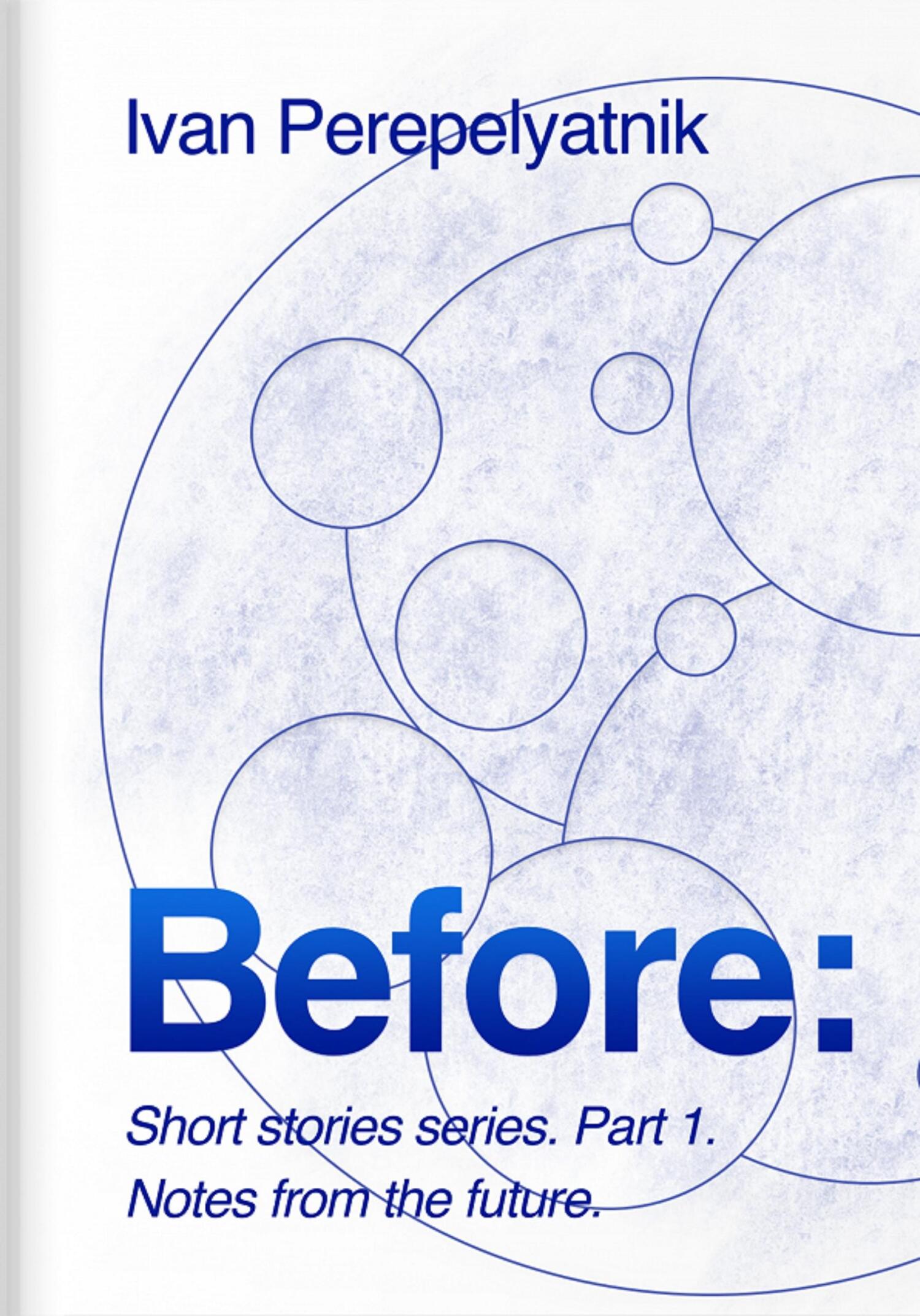when their positive impact on the economic growth of the region and the whole world could not be ignored any more, politicians started looking closely at those
crazy undertakings, as they had been addressed before. Realizing the importance and the potential of what was happening, they could not have afforded to miss the opportunity and stay aside, watching the birth of a new model of the world, a new world order. One such project was the construction of a distributed transportation tunnel system in North America. In the middle of the last century, not only was the entire American continent riddled with underground tunnels, Europe did not fall behind either.
Europe had thousands of underground highways connecting cities from Ufa in Russia to Lisbon in Portugal into a giant network. A modern, fast, safe and reliable new transportation system acted as a springboard for the global economy, and already in the first decade after its launch added another 4% to the global GDP growth. These changes could not have been achieved in such a short time were it not for a radically different scientific approach, high-tech developments and a breakthrough in computing technology. The launch of the PAX, distributed system of cluster quantum computers, provided the additional booster effect. The name PAX was then given to the artificial intelligence, which for the first time surpassed the intellectual potential of a human being.
Twenty years later, the economy of the planet, the political structure, the whole society and the world have changed. The most daring and inventive science fiction writers of the time could not have even expected of humanity to be capable of mounting the pace of development so quickly and overcoming so global challenges.
The PAX served as a support for humanity in the invention of a new transportation system too. The logistics infrastructure, entangling the entire planet with a web of multiple multi-level underground tunnels and nodes, required an infinitely capacious, reliable and efficient energy source. A source not only free of a negative impact on the natural system, but on the contrary helping to restore the ecological balance.
The operation of ETC alone not even taking into account the American and Asian transportation systems, would require over 10 thousand gigawatts of energy annually.
The challenge to provide for a historically high level of energy consumption all over the world was exactly the factor hindering the almost universal use of the fundamentally new means of transport in the middle of the last century. The energy consumption of new levitating vehicles, based on the properties of superconducting magnets, was comparable to cars in the early 21st century. To deploy power supply lines providing for capsules movement, as the new means of transport was called, and to keep them in operation, presented an energy-intensive task. The PAX has helped the scientific community to bring a long-nurtured dream of the 100 years of history development to the level of unquestionable efficiency. The first large thermonuclear reactor, ITER, put into operation in the first half of the last century, was refined on the basis of an expanded list of AI recommendations. This resulted in a network of ITER-type installations with an almost infinite energy potential available for civilization. The cumulative estimate of the new power system capacity reached up to 1 million gigawatts. The Human has reached the next milestone in its development.
“Inda, Rodger, we're coming up now.” Sith interrupted the thoughtful passengers. “Please get ready. Your shuttle to Paris is waiting for you on the second platform. It will take you one minute to get to the shuttle.”
The capsule slowed down and stopped in the immediate vicinity of one of the travelators reading “To platform No. 2: Luxembourg–Paris Shuttle”. The tracking and registration systems at the station automatically identified Linda and Rodger and registered them for all the required transfer hubs. All there was for the passengers to do was to try to be not too late for their flights, wherever they went.
“I will be waiting for your decision regarding the time to come back home. Have a nice evening, Linda and Rodger.” Sith said a polite goodbye to her masters.
“OK, Sith. Agreed. I'll let you know,” Rodger said, helping his wife out of the capsule.
Before, when someone was taken ill with anything more serious than a cold, the first effective recommendation that one might have heard was to see a doctor. Everything used to start with a GP and tests. It was necessary to take all kinds of tests and examinations, and to wait for the results. When everything was ready, following the established procedure, the puffy medical record made its way to the therapist, whose purpose was to interpret the data obtained, to come up with a diagnosis and to tailor a suitable treatment plan. Medication, physiotherapy, daily routine, physical activity and similar recommendations would make up the traditional and standard list for most non-critical physiological disorders for a common man. In some cases, it was much more complicated. One had to take examination on bulky and, as they proudly brand it at the time, high-tech medical devices. Incomprehensible abbreviations and words such as CT scan, MRI, ultrasound, … implied the need for experienced specialists understanding the subtleties and intricacies of examination methodology to work with such devices. Medical equipment was expensive and few hospitals could afford it. More than that, in some countries, such devices were available only in large state health centers, and those who needed additional research had to queue for up to several months. But even then technologies already allowed us to take a look inside ourselves – to see human organs in sufficient detail to understand their condition, to obtain digital data, to exchange information remotely with other specialists, for example, with more experienced doctors. Human blood and other various biomaterials tests became more and more accurate and detailed. It would seem that the results of the tests gave all




